My children are much older now than when I started writing motherhood essays, but the milestones continue. Here’s my latest for Five Minute Lit, on navigating the spaces left behind when a child leaves home.
Also, congratulations to Allie, who won the Reader Review giveaway hosted by Women on Writing this month! Nearly 1,000 readers entered to win a signed copy of What Was Never There. I honestly wasn’t expecting such a great response to a collection of literary short stories and am very thankful.
And finally, I have an exciting bookish update posting here in a week or two, so keep an eye out…
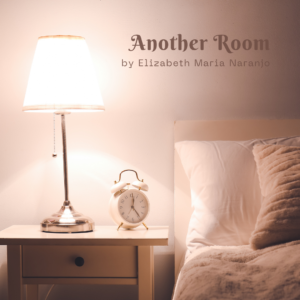


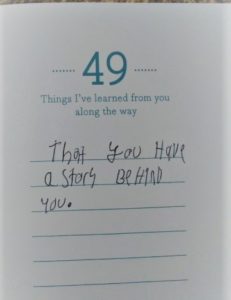


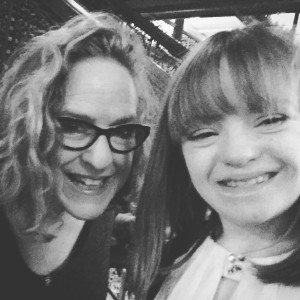
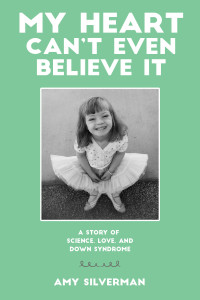
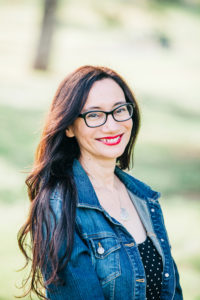












Connect With Me